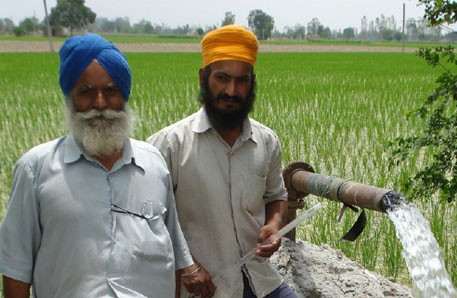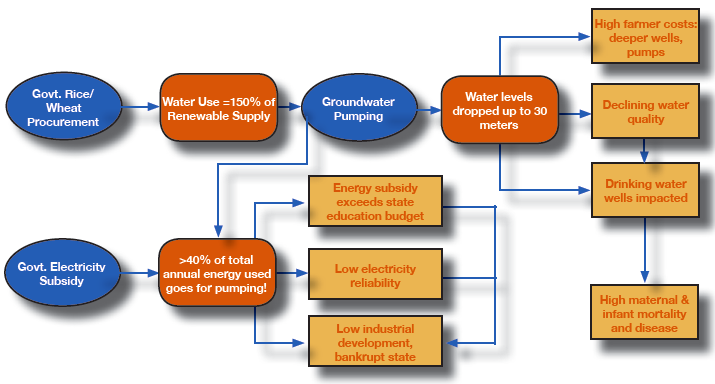"The Columbia Water Center was one of the original core partners of the PepsiCo Foundation’s Water Portfolio a decade ago, which I was fortunate to co-create. At the time, it was the largest grant by the Foundation to a single grantee, which brought interest in the collaboration from many stakeholders, both internal and external. Dr. Lall and the team at the Columbia Water Center did not disappoint! The partnership not only provided over 4,000,000 people with access to safe water, but proved innovative models of predictive water allocation, and demonstrated the impact that can result when world-class academic rigor, private sector support, and an enabling policy framework by government work together in unison.”
– Dan Bena, Former Head of Sustainable Development, PepsiCo Global Operations, Professor (Hon) and Trustee, Glasgow Caledonian University
The Columbia Water Center is working to promote climate change adaptation and water sustainability while improving farmer livelihood and food security in three key regions of India: Gujarat, Punjab and Bihar. Development and implementation of a public-private partnership to provide modern extension services to farmers for climate and market informed crop choice and irrigation improvements to improve water productivity, income and climate risk management.
CWC and the Punjab Agricultural University (PAU) are collaborating on field research in Central Punjab to explore the practical implications of whether water use in rice-wheat cropping can be reduced to achieve sustainable groundwater use even if electricity subsidies and procurement policies are not changed, and if large-scale contract farming can promote crop diversification and introduce crops that are not as water intensive, independent of policy changes. By working directly with farmers and agro-corporations to develop and test scalable solutions for saving water in agriculture, these institutions are exploring the practical implications of both questions.
Surveys indicated farmers were concerned with the increasing costs of deeper well drilling and pump replacement, as well as poor energy reliability. They are willing to pay more to get reliable electricity and to adopt water saving technologies that can reverse groundwater depletion.
Initial research helped to establish a link between high water use and guaranteed state-subsidized rice-wheat procurement. Grain farmers used large quantities of water and produced a less lucrative crop. Farmers who planted vegetable crops that provide essential micronutrients were able to generate much higher incomes without using as much water.
Through structured field tests, our researchers sought to identify one or more technologies or practices that could save water in rice cultivation and that were attractive to farmers. The application of inexpensive soil moisture sensors was shown to be the most successful of all the tested approaches so the CWC project team is recruiting farmers to scale up this strategy. Farmers are rapidly adopting the use of soil moisture sensors and are being provided climate, weather and market price forecasts to support their decisions on crop choice and irrigation.


